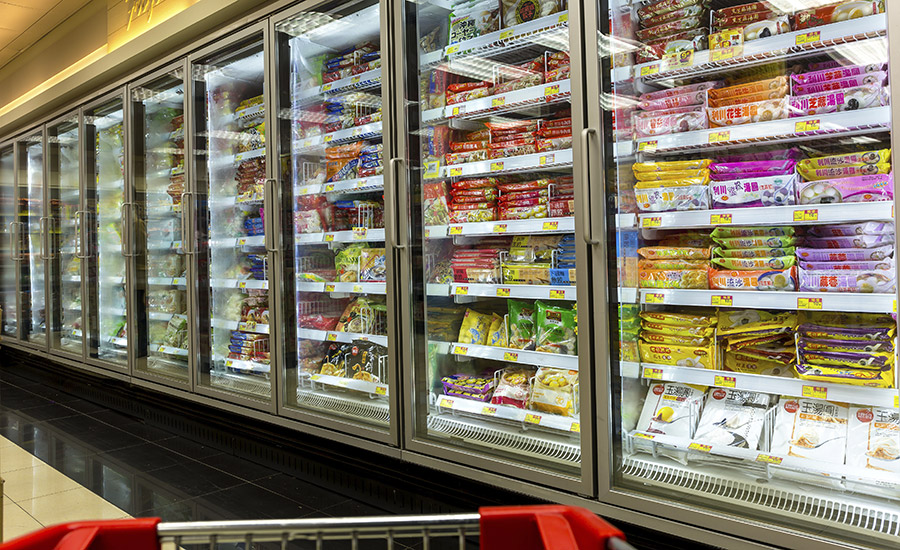Rising applications within the pharmaceutical sector is a chief driver of the thermal insulation packaging market. In a new study by Future Market Insights, an ESOMAR-certified market research and consulting firm, predicts the market to reach a valuation of $58.37 billion in 2021. Within the pharmaceutical industry, products are often shipped across the globe. Pharmaceutical logistics is a complex web of local, regional and international chain that requires multiple modes of transportation. Air and ground have been the most preferred modes of transportation, however sea freight is also gaining traction nowadays.
Specialized production of pharmaceuticals and high-value ingredients used for production of medicines mean that the products need to move faster and at a larger scale through multiple climatic zones. Rapid expansion of emerging markets demands new or more efficient shipping lanes. The emergence of new markets have led to the challenge of distribution of temperature sensitive pharmaceuticals to a wide geographical reach.
Shipping of temperature sensitive pharmaceutical products requires protection from improper handling, undesired weather and any other unpredictable factors all while ensuring a constant temperature range. This is anticipated to drive adoption of thermal insulation packaging within the industry.
Besides this, demand from food and beverages sector is set to rise significantly, giving impetus to the market between 2020 and 2030. The study projects the food and beverages sector to remain dominant through the forecast period, however, the pharmaceuticals sector is likely to exhibit growth at a higher rate.
Key Takeaways of the Thermal Insulation Packaging Market Study
- Thermal insulation packaging is forecast to register high near-term growth. According to study, the market will rise at 17.3% CAGR over the assessment period.
- Demand from the U.S. will remain crucial to growth registered, as it is expected to account for dominant 86.6% of the North America market in 2021.
- Within Europe, the U.K. will continue exhibiting high demand, registering above 18% Y-o-Y growth in 2021.
- France and Germany will emerge as other key markets for thermal insulation packaging, with demand in both countries increasing at a robust pace through 2030.
- Japan, South Korea, and China will emerge as strong markets for thermal insulation packaging. Of these, China will remain dominant in East Asia through assessment period
A thermal insulation packaging system is necessary for maintaining the integrity of the perishable food products. Seafood has been in high demand the past few years due to its nutritional benefits and changing dietary habits of consumers. Seafood’s quality is highest when it is caught, however over time the quality and freshness of the food product degrade. This decays the natural goodness, vitamins and minerals of the food product making it unfit for consumption. From the regulatory aspect, fresh seafood should be stored at 0°C and frozen seafood should be stored at –18°C or less throughout the cold chain. Small gaps or fluctuations in the temperature range can cause quality degradation or spoilage to the food product.
Demand for thermal insulation packaging is anticipated to grow due to the COVID 19 pandemic. The global battle to fight against the virus has raised the need for crucial pharmaceuticals to be shipped around the world at a large scale and unprecedented speed. Right from antigen testing to antibody testing to vaccines and medicines to treat the symptoms of the virus, everything creates demand for pharmaceutical logistics for temperature sensitive products. Insulated shippers, pouches and boxes have been in high demand to ship the products across the world. Further, COVID-19 vaccines being on the horizon ready for mass distribution provides lucrative opportunities for the thermal insulation packaging market to grow exponentially.
Visit https://www.futuremarketinsights.com/reports/thermal-insulation-packaging-market for more information.

